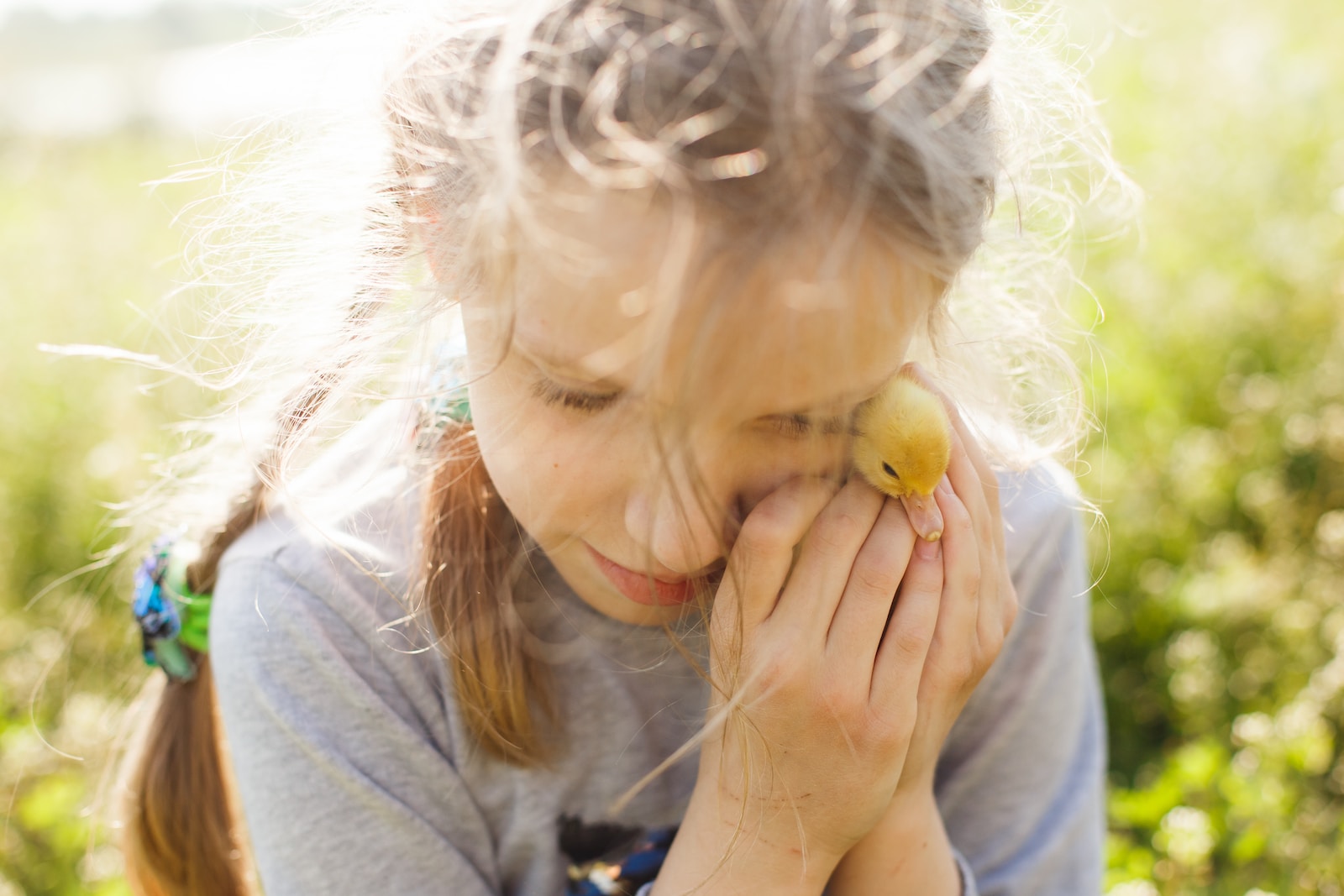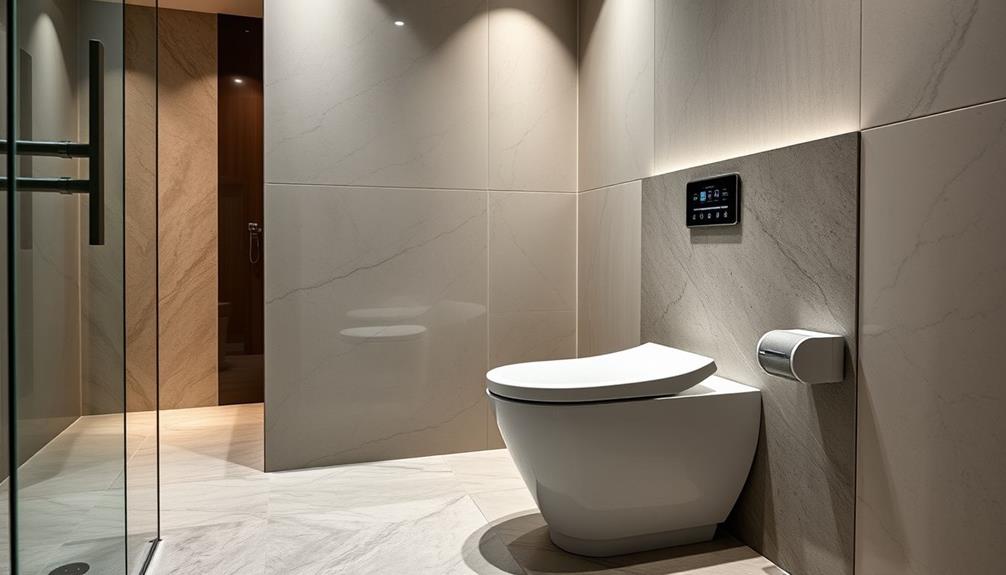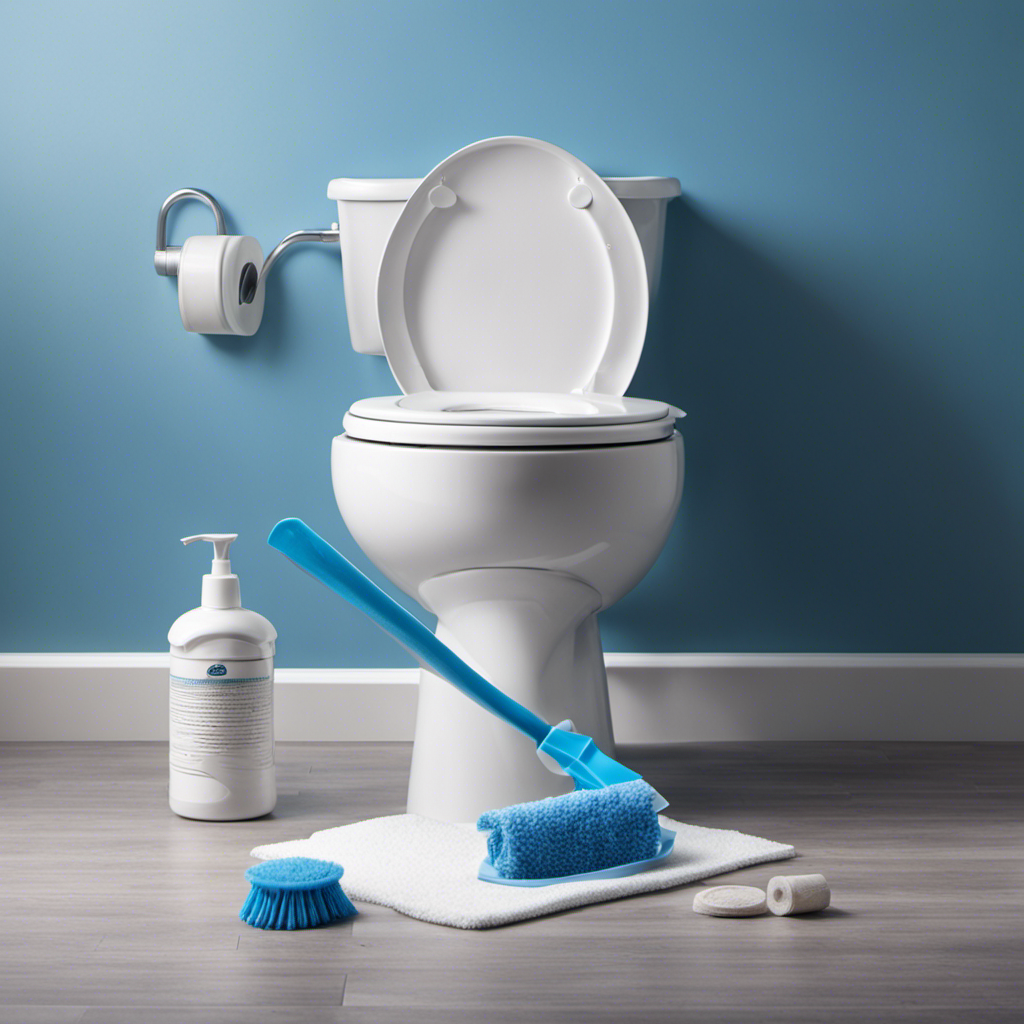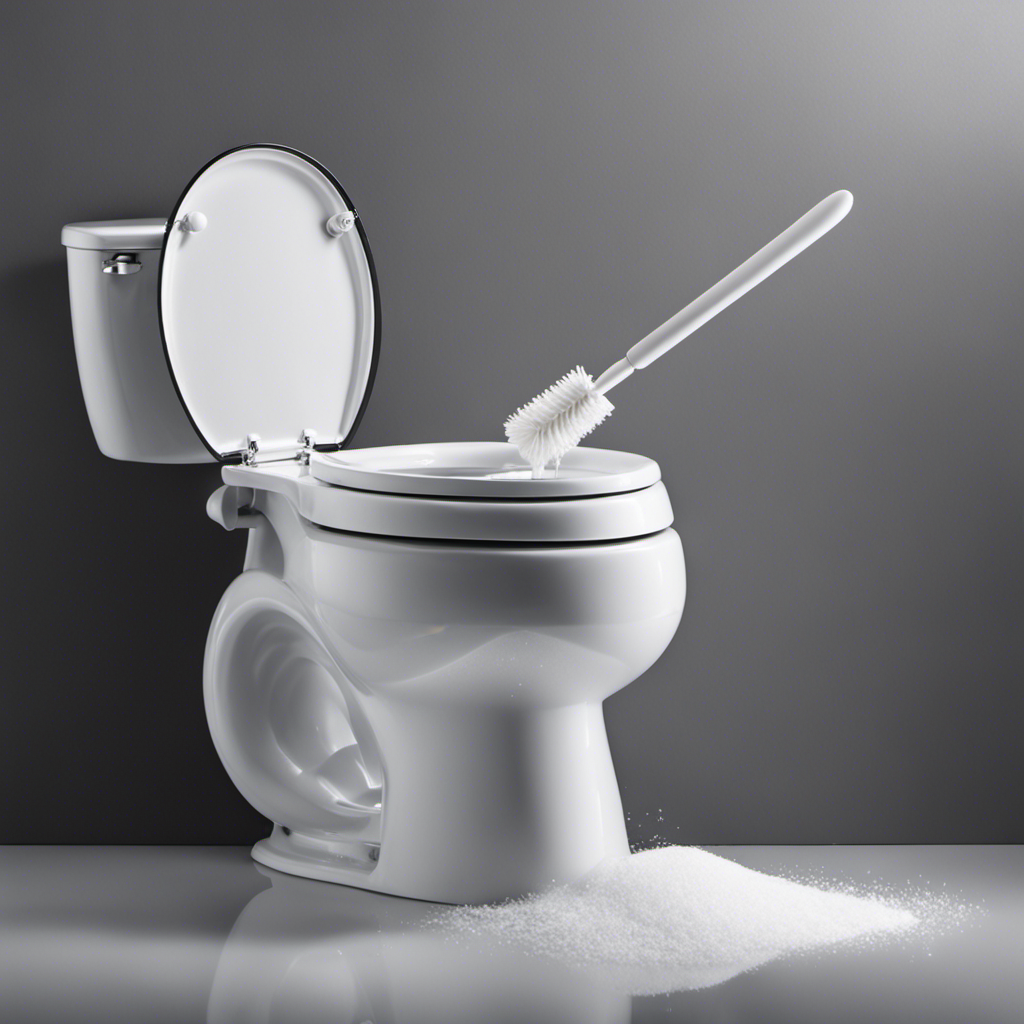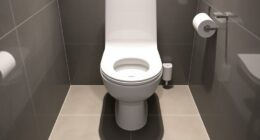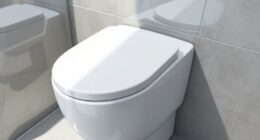As a parent or caregiver of an autistic child, I understand the challenges that come with toilet training. It can feel like we’re navigating uncharted territory, but fear not! With the right strategies and support, we can help our children successfully poop in the toilet.
In this article, I will share practical tips, visual aids, and positive reinforcement techniques to create a sensory-friendly bathroom environment and establish a consistent toileting routine.
Let’s embark on this journey together, and empower our children to conquer this milestone with confidence.
Key Takeaways
- Seek professional guidance from therapists or pediatricians who specialize in autism for personalized strategies and insights on toilet training for autistic children.
- Create a supportive and sensory-friendly bathroom environment by providing a comfortable space with soft lighting, calming colors, and a variety of seating options.
- Establish a consistent toileting routine by creating a predictable schedule for bathroom breaks and using visual cues or timers to help the child understand when it’s time to use the toilet.
- Use visual aids and social stories to teach toileting skills, including creating a visual schedule, incorporating a rewards system, and helping children understand the steps and sequence of events involved in using the toilet.
Understanding the Challenges of Toilet Training for Autistic Children
Understanding the challenges of toilet training for autistic children can help parents and caregivers develop effective strategies. Autism is a complex developmental disorder that affects each child differently.
One key aspect to consider is the sensory sensitivities that many autistic children experience. These sensitivities can make the toilet training process overwhelming and uncomfortable for them. It is important to recognize and accommodate their specific needs.
Seeking professional guidance from therapists or pediatricians who specialize in autism can provide valuable insights and personalized strategies for successful toilet training. By understanding sensory sensitivities and seeking professional support, parents and caregivers can create a supportive and sensory-friendly bathroom environment that will help their autistic child feel more comfortable and confident during the toilet training process.
Creating a Supportive and Sensory-Friendly Bathroom Environment
Creating a supportive and sensory-friendly bathroom environment can greatly assist in helping an autistic child with their toileting routine. As a parent or caregiver, it’s important to understand the unique sensory needs of children on the autism spectrum. Here are some sensory accommodations and behavioral strategies to consider:
Sensory accommodations:
- Provide a comfortable and non-threatening space with soft lighting.
- Use calming colors and avoid overwhelming patterns.
- Offer a variety of seating options, such as a cushion or a rocking chair, to accommodate sensory preferences.
Behavioral strategies:
- Establish a consistent routine and schedule for bathroom breaks.
- Use visual supports, like a visual schedule or social story, to help the child understand the steps involved in using the toilet.
- Reinforce positive behaviors and provide praise and rewards for successful toileting attempts.
Establishing a Consistent Toileting Routine for Your Child
Establishing a consistent toileting routine for your child can greatly improve their comfort and confidence during bathroom breaks. When it comes to toilet training techniques, it’s important to remember that every child is unique, especially when dealing with resistance. Patience and understanding are key during this process.
Start by creating a predictable schedule for bathroom breaks, making sure to include regular times throughout the day. Use visual cues or timers to help your child understand when it’s time to use the toilet. Encourage them to sit on the toilet for a few minutes, even if they don’t feel the urge to go. Positive reinforcement, such as praise or small rewards, can also motivate your child to use the toilet.
Using Visual Aids and Social Stories to Teach Toileting Skills
Using visual aids and social stories can be helpful in teaching toileting skills to children.
It is important to create a visual schedule that outlines the steps involved in using the toilet, such as pulling down pants, sitting on the toilet, and wiping. This helps children with autism understand the sequence of events and feel more comfortable with the process.
Additionally, incorporating a rewards system can be motivating for children. This could involve giving a small prize or sticker for successfully using the toilet.
The use of visual aids and social stories allows for repetition and reinforcement of the desired behavior, which is crucial for children with autism.
Implementing Positive Reinforcement Strategies for Successful Toilet Training
Implementing positive reinforcement strategies during toilet training can be effective in motivating children to use the toilet successfully. Behavior modification techniques for toilet training involve using rewards and praise to reinforce desired behaviors, such as using the toilet instead of a diaper or pull-up. By offering small incentives, such as stickers or treats, children are more likely to feel motivated and encouraged to use the toilet.
Effective communication strategies for teaching toileting skills include clear and consistent instructions, using visual aids, and providing verbal praise for successful attempts. It is important to create a positive and supportive environment during the toilet training process, as it can be challenging for children with autism.
Remember to be patient, understanding, and celebrate each small step towards toileting independence.
Conclusion
In conclusion, toilet training can be a challenging task for parents of autistic children. However, with patience, understanding, and the right strategies, it is possible to achieve success.
One interesting statistic to consider is that studies have shown that up to 80% of children with autism experience difficulty with toileting skills. This highlights the importance of providing the necessary support and accommodations to help these children overcome their challenges.
By creating a supportive environment, establishing a consistent routine, using visual aids, and implementing positive reinforcement, parents can help their autistic child achieve independence in using the toilet.
